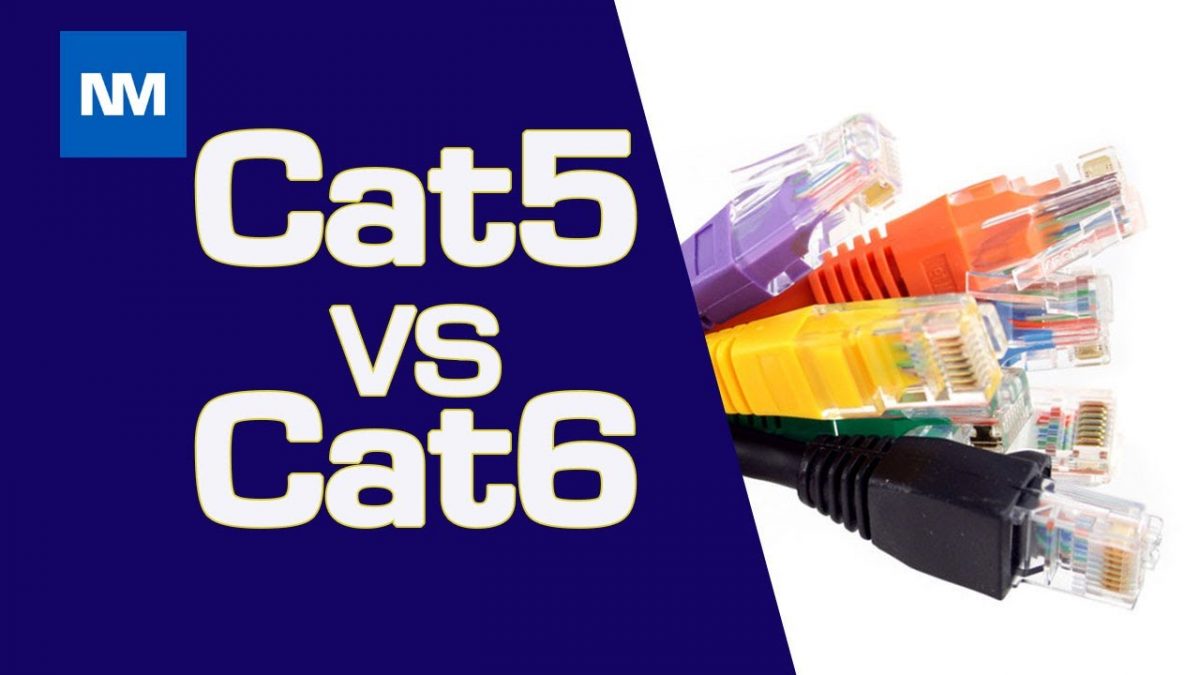Ethernet cables are used for a variety of purposes but they are most commonly used as network cables. In the marketplace, there are a wide variety of ethernet cables that can be purchased by customers. The different varieties of ethernet cables that can each support different speeds and bandwidths. There are different types of ethernet cables and they are named category (Cat) cables. The most common types of Cat cables are the Cat5 and Cat6 cables. Both Cat5 and Cat6 cables are made up of 4 pairs of twisted copper wire.
(rewrite): Ethernet cables are an important part of any internet setup, yet often overlooked. For those who would like to know some more, here are some more useful things to know about ethernet cables. You may find a wide variety of ethernet cables in the marketplace – there are different types of ethernet cables, and they are called category (cat) cables. The most common types of cat cables in use are the Cat5 and Cat6 cables. Both Cat5 and Cat6 cables are made from 4 pairs of twisted copper wire.
When compared to fibre optic cables, Cat5 and Cat6 cables are relatively cheaper and as a result used more often in homes. A copper Cat5 cable can achieve up to 100Mbps whilst a Cat6 cable can provide even better performance. It is unnecessary to use fibre optic cables in a regular home situation, as Cat cables will suffice. For example, if you want to perform a bandwidth heavy task like streaming a 4K resolution film on your television, that action would only require 25 megabits per second (Mbps) of your bandwidth.
Although both Cat5 and Cat6 cables are used more in homes, there is still a difference between the two. Compared to the Cat5 cable, Cat6 cables have reduced crosswalks whilst also being able to support higher speeds and a higher bandwidth. This can be compared to a specific amount of cars trying to cross a bridge. The more roads on the bridge, the quicker all the cars can cross it. Picture the cable as the bridge, and the data you’re sending over the internet as the cars.
To help you get a better understanding, here is a scenario where the differences of Cat5 and Cat6 come into play: Let’s say you have 5GB worth of photos and videos to back up on your computer to a Network Attached Storage (NAS) space. The factors which will make a difference in this scenario will be the Cat5 or Cat6 Ethernet cables. In order to calculate the how long it takes, we need to know the difference in Bit and Byte. Data communication is always indicated in bits and stored in bytes. One byte is equivalent to eight bits.
Scenario 1: Backing up with a Cat5 cable.
Cat5 cables are used to connect the NAS to the router and computer.
The Cat5 cable can support up to 100 Megabits per second (Mbps)
To backup 5 GB/5,000 MB (Megabytes) is equivalent to 40,000 MB (Megabits). 40,000 / 100 = 400 seconds. Therefore, it takes 400 seconds (6 min 40 sec) using a Cat5 cable to back up 10GB of photos.
Scenario 2: Backing up with a Cat6 cable.
Cat6 cables are used to connect the NAS to the router and computer.
The Cat6 cable can support up to 1000 Megabits per second (Mbps)
To backup 5 GB/5,000 MB (Megabytes) is equivalent to 40,000 MB (Megabits). 40,000 / 1000 = 40 seconds. Therefore, it only takes 40 seconds using a Cat6 cable to back up 10GB of photos.
From these scenarios, you can see that ultimately, the data transfer speed is the main difference between the two types of Ethernet cable. If you have an internet plan that is over 100Mbps, the type of Ethernet cable you use may affect your internet experience - using a Cat6 cable can avoid the bottleneck on your data transmission speed.
OCCOM—Optical Communication Expert
Occom is an Internet service provider dedicated to delivering faster fibre and mobile services and faster support. Occom has been praised by tens of thousands of satisfied residents and businesses, and our products have attained commendation from industry experts. As one of the fastest growing telcos endorsed by top global and Australian financial media, Occom has set the bar for exceeding Aussies’ expectations towards customer service. Occom’s young, passionate and professional team will keep on pushing the boundary for what is possible in the future.
Tel:1300 200 999


